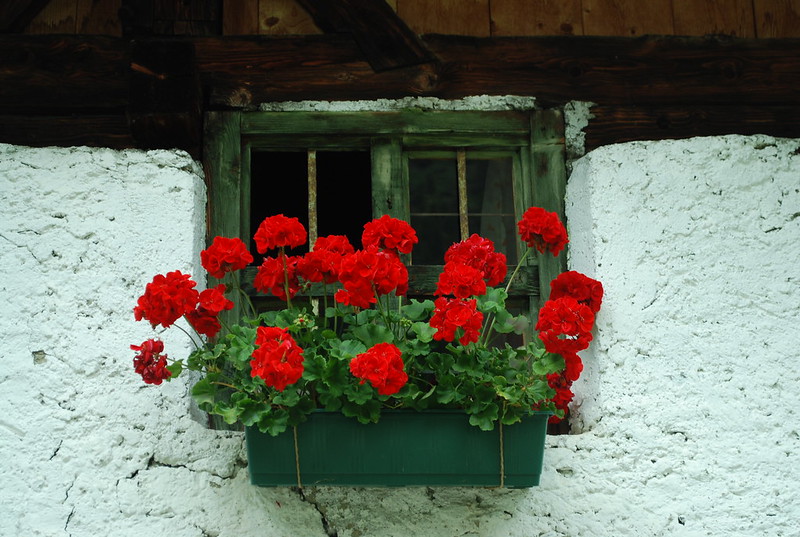I'll list them all here, in order to decide which to actually submit.
1. Innsbrucker Hutte, from early on the Habicht, with the Kalkwand behind.
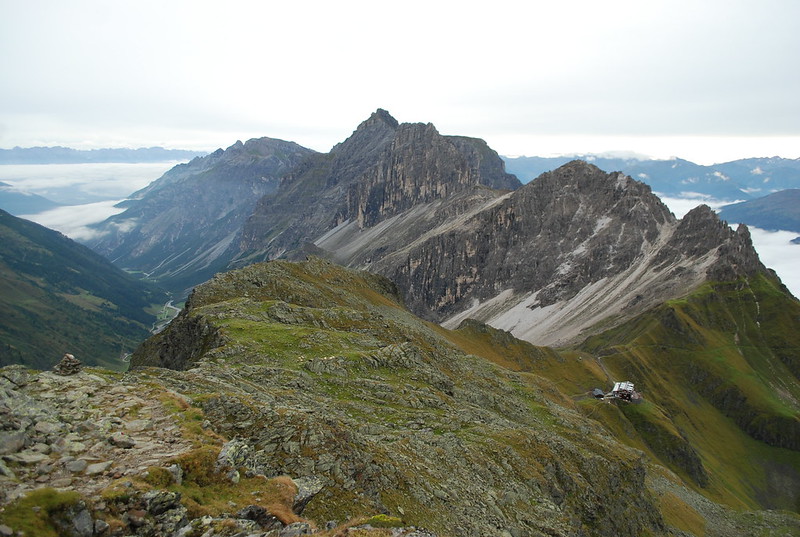
2. Cloud creeping over the Innsbrucker hutte and cloud sea beyond.
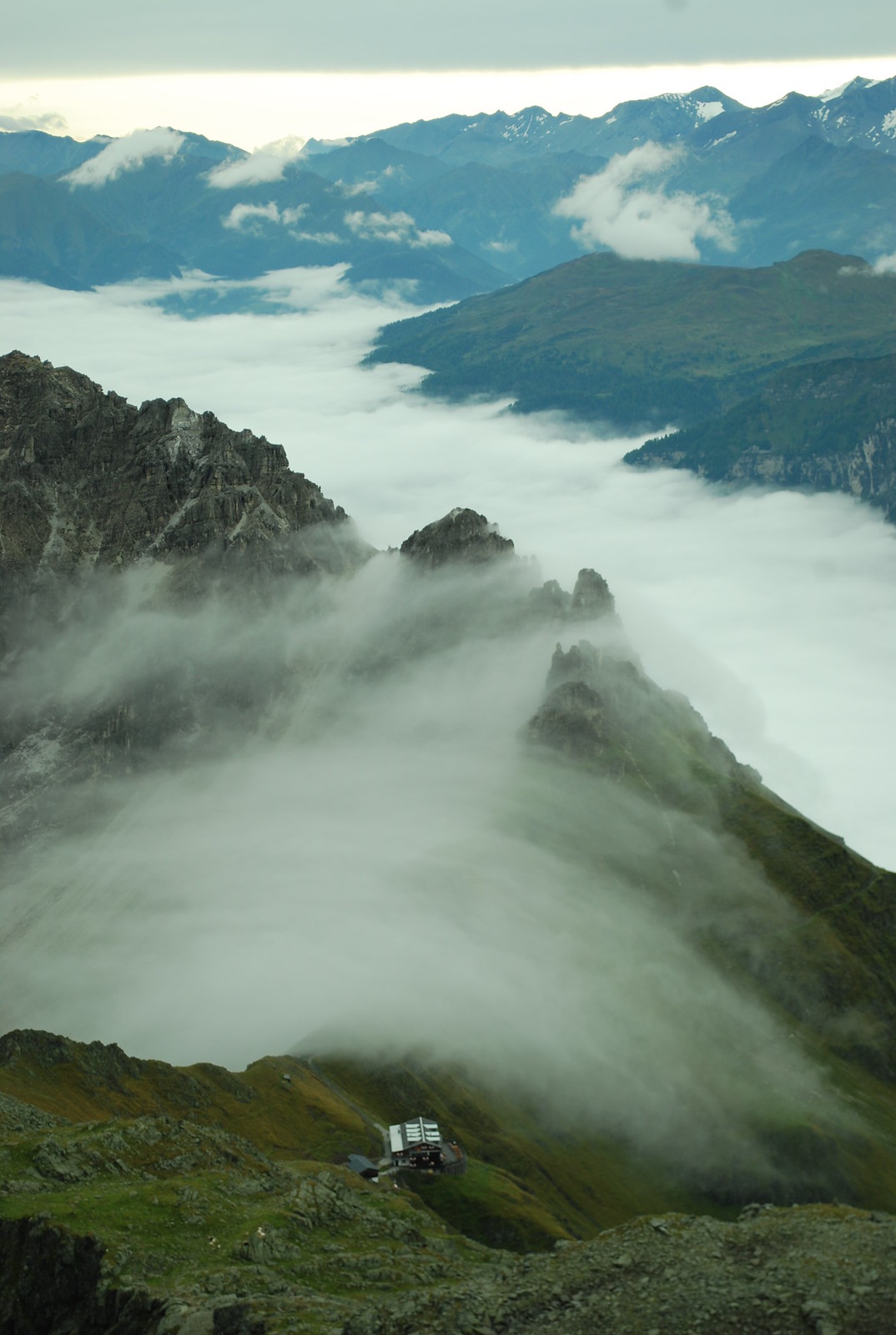
3. Green and White: east from the Nurnburger to the Inn. Wetterspitze.
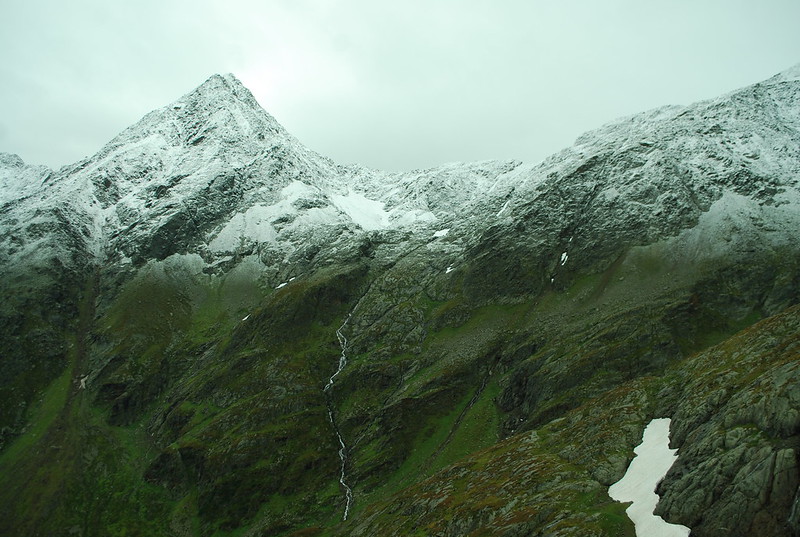
4. [Chosen] From the Wilder Freiger: Becherhaus with Botzer in the background.
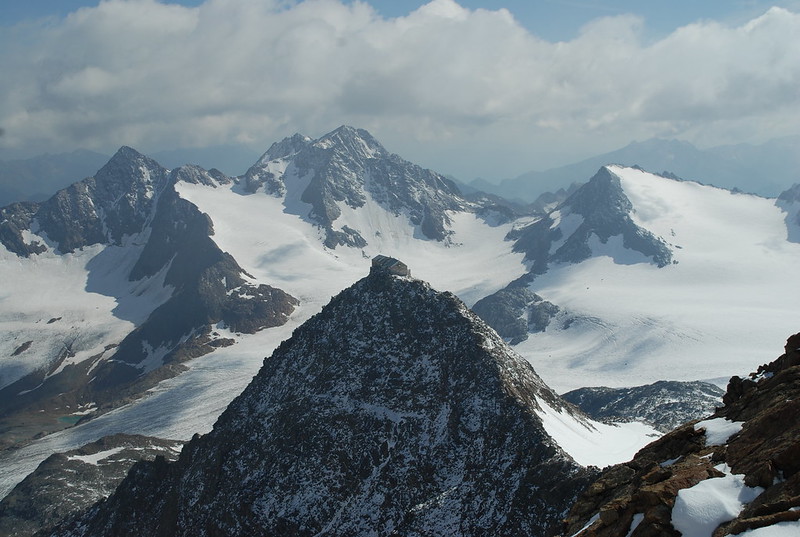
5. Lake below Seescharte, above Sulzenau hutte.
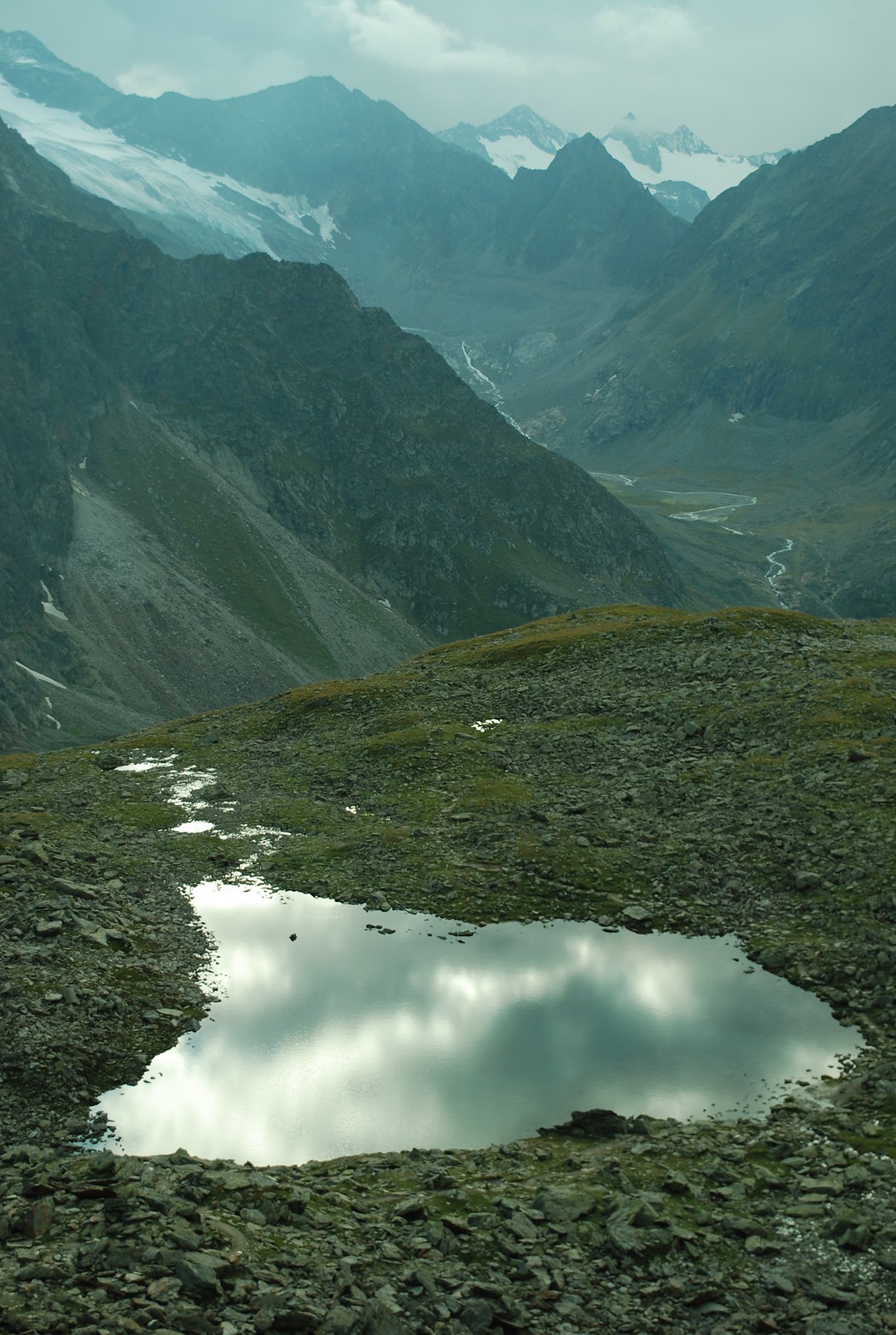
6. Same lake, distant views of Wilder Freiger
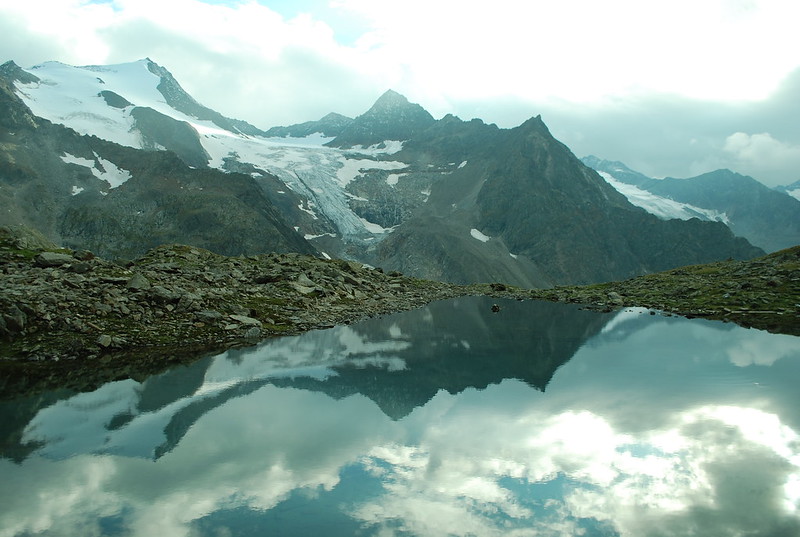
7. Path up to Sulzenau hutte.
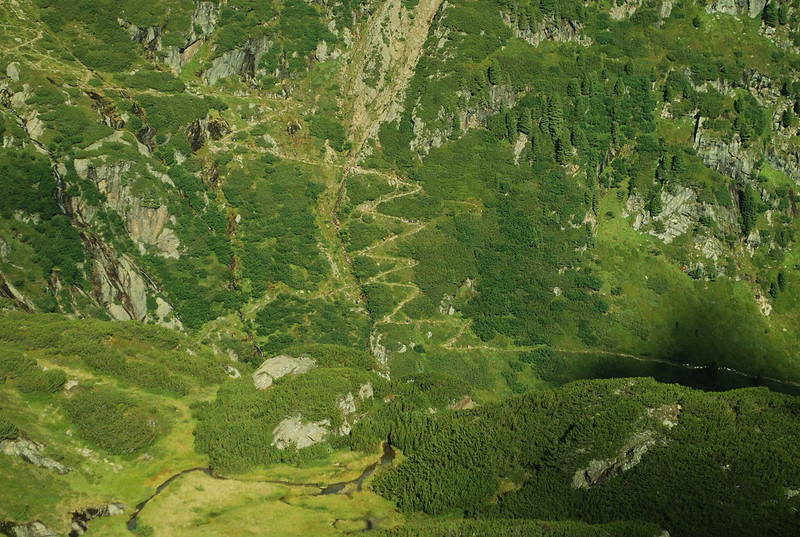
8. [Chosen] Looking back on the Blaue Lacke above the Sulzenau hutte (1 of 4).
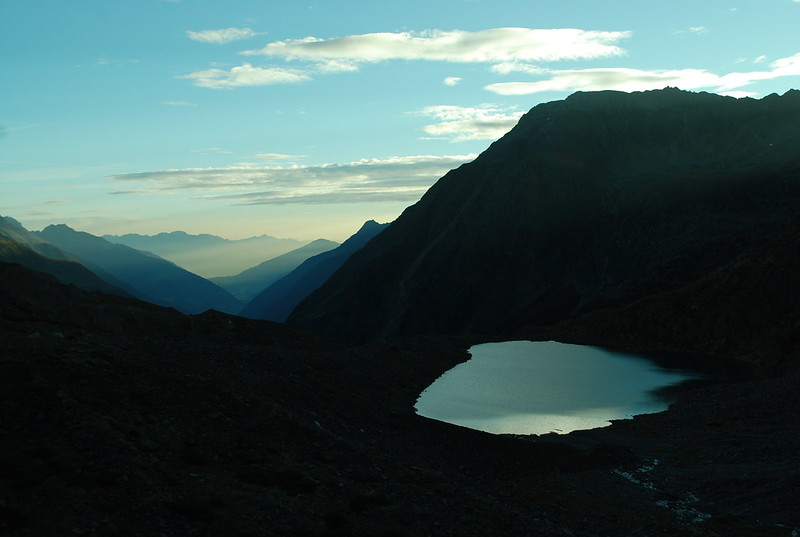
9. Looking back on the Blaue Lacke above the Sulzenau hutte (2 of 4).

10. [Chosen] Looking back on the Blaue Lacke above the Sulzenau hutte (3 of 4).
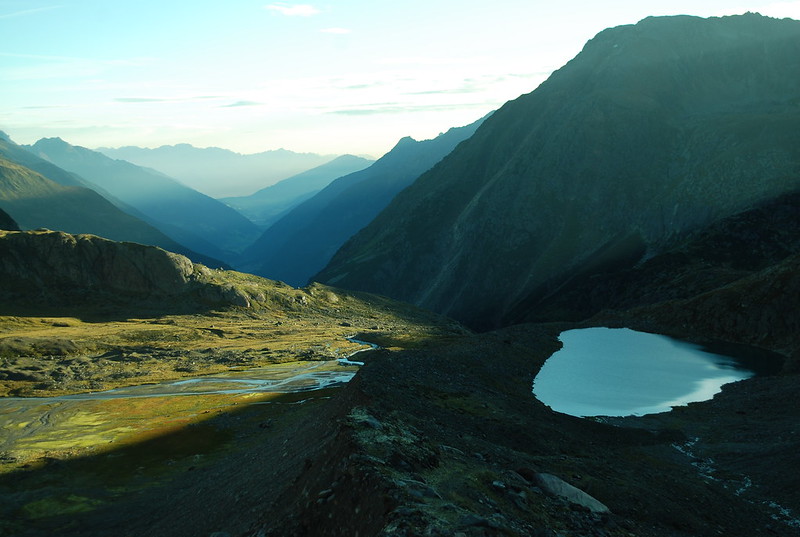
11. Looking back above the Sulzenau hutte (4 of 4).

12. [Chosen] The retreating Sulzenauferner.

13. Miriam en route from Dresdener to Neue Regensbuger.
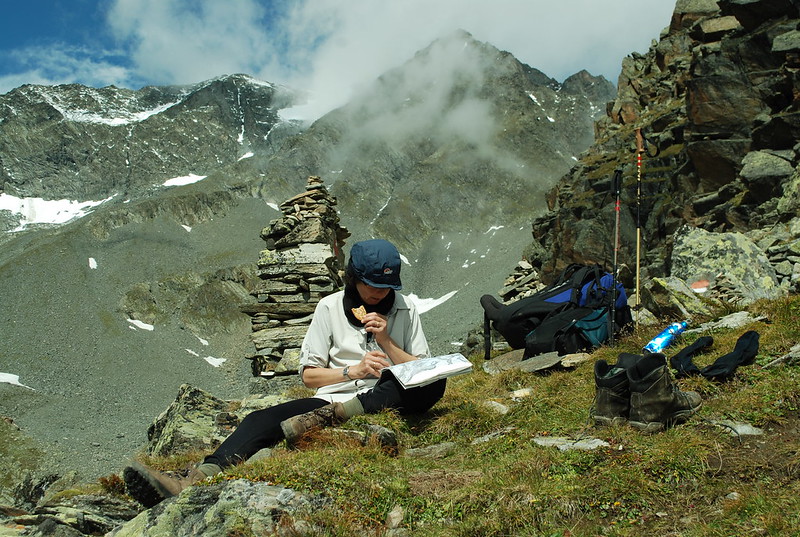
14. Falbesoner bach in the Neue Regensburger valley.
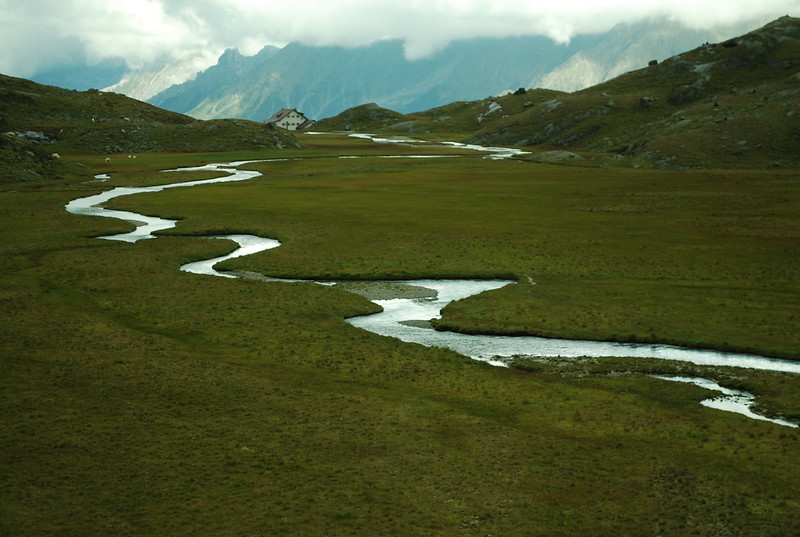
15. Black sheep.

16. [Chosen] Head of the Grawawand.
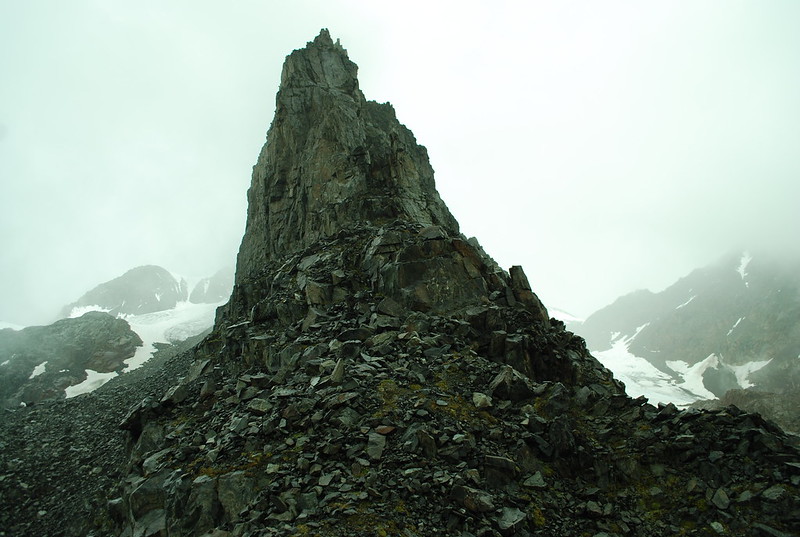
17. Alpeinerferner above the Franz Senn hutte.
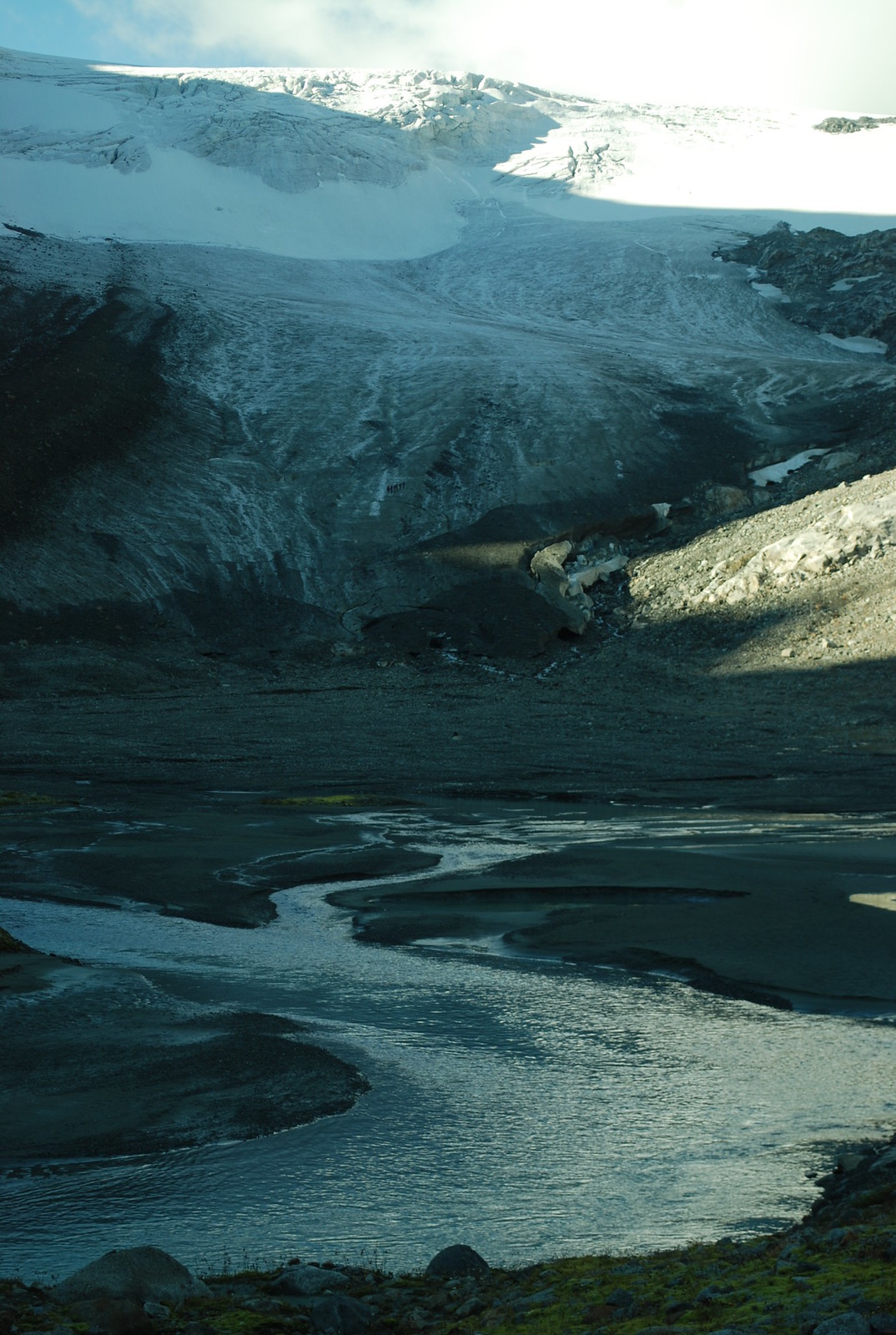
18. [Chosen] Up valley, above the Franz Senn hutte.
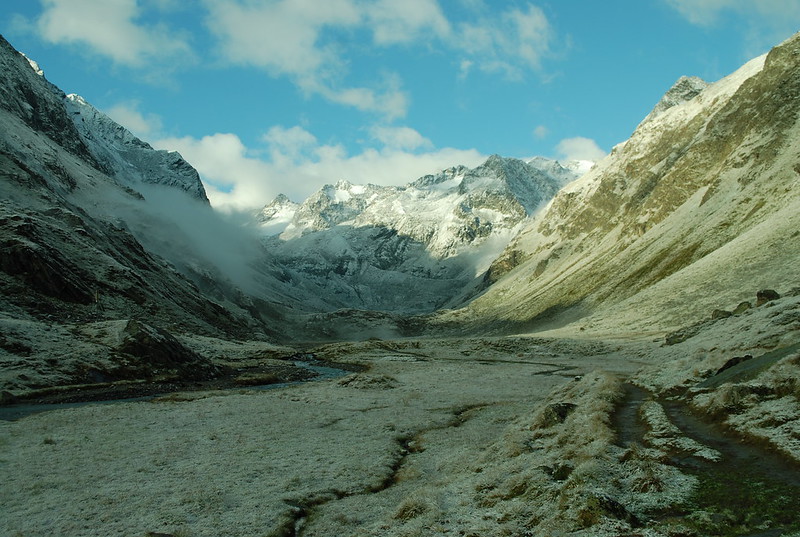
19. [Chosen] Flowers, Stocklen Alm.
